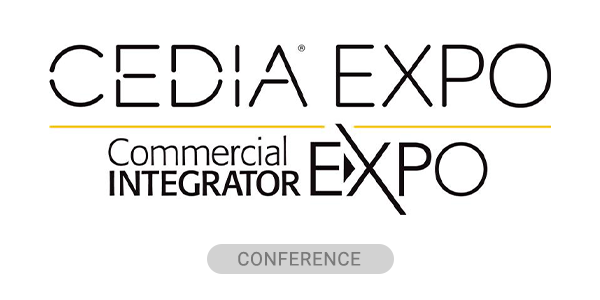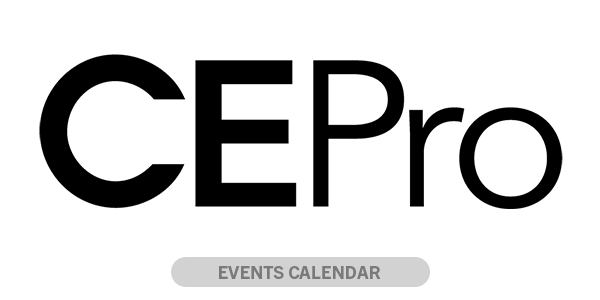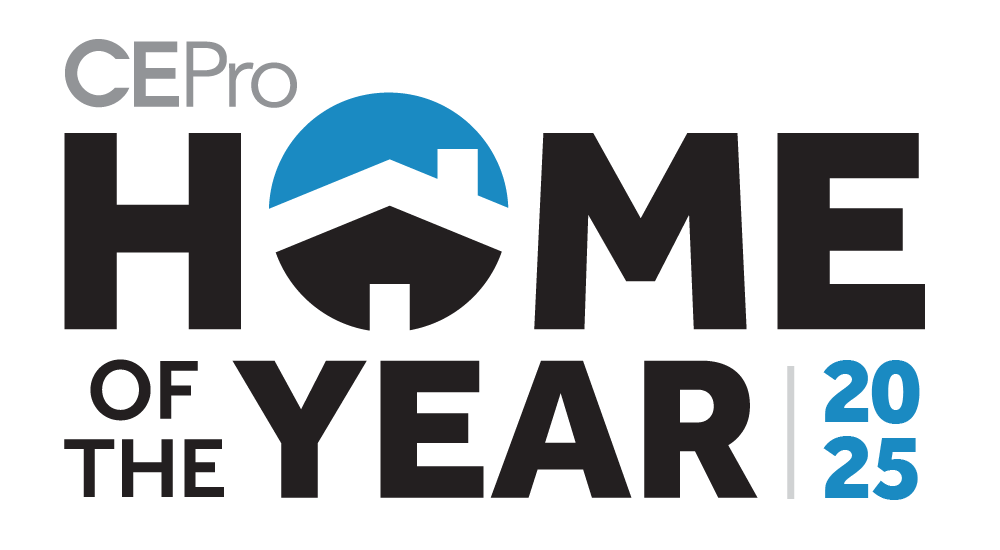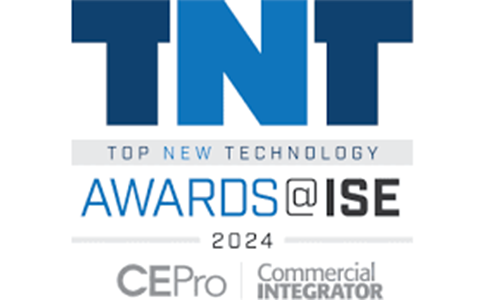More and more homeowners are adopting smart home technologies for convenience, efficiency, and personalized comfort. In fact, according to the 2025 Houzz & Home Study, 18% of homeowners installed smart home technology such as security cameras, smart thermostats, and lighting systems in 2024.
Smart Security Trends Emerging in New Construction
Interestingly, the most popular smart home investments were made in security upgrades, according to the study. This indicates that homeowners are prioritizing security and peace of mind in their homes and turning to smart devices to help seamlessly and conveniently integrate these products into their lifestyle.
This uptick in popularity is impacting many smart home security categories and shaping trends that will emerge in the coming years. Specifically, the top three trends emerging are the improvement in affordability, preference for Wi-Fi connectivity, and adoption of NFC technology.
Trend 1: Wi-Fi-Supported Systems on the Rise but Z-Wave Continues to Lead
Z-Wave continues to be the leading communication for home security systems, but it’s plateaued in terms of adoption. Wi-Fi, on the other hand, is expected to witness fast growth from now until 2030, according to Grand View Research’s market analysis report on smart locks, and many products on the market already successfully and efficiently utilize Wi-Fi.
The primary benefit of Wi-Fi is the capability for smart home system integration, which can enable all parts of a home’s smart security to pair together, as long as they connect to the Internet. Additionally, Wi-Fi appeals to homeowners because of its remote monitoring, convenient control, and real-time alert features, making access easier and more efficient. These key features give Wi-Fi the potential to become the standard communication in smart home systems in the coming years.
However, concerns around battery life and reliability remain a barrier to widespread adoption. Devices that rely on Wi-Fi may experience faster battery drain, and homeowners often question how their systems will perform during power or network outages.
These concerns are prompting manufacturers to explore hybrid solutions that include backup access methods—such as Bluetooth connectivity or physical keys—to help ensure continued functionality and preserve peace of mind in the event of any power disruption or outage. This is why Z-wave remains a strong contender in the home security industry – it has lower power consumption and reliability in mesh networks that Wi-Fi hasn’t been able to compete with.
Matter, Aliro Remain Technology to Keep an Eye On
Other smart home communicating technology to watch out for include Matter, which promises universal device compatibility, greater reliability, and energy efficiency. This standard is built to support battery-powered devices and designed to connect multiple smart home products from differing brands. While Matter has been an emerging industry buzzword for the past few years, it likely won’t be commonplace for another few years. Though, homeowners may start asking about it when considering home upgrades, so professionals in the industry should be prepared.
The Aliro mobile credential standard for smart locks is also generating some buzz for those in the smart lock industry. This is the technology that will help people open any smart lock using Matter with one digital key on a smartphone. This would not only benefit homeowners who may want different smart lock brands, but also contractors and builders who need to enter in and out of a house for work easily.
However, it won’t make its way into products until sometime next year at the earliest. Education will be an important consideration to ensure consumers can benefit from the new capabilities offered by the Aliro standard.
Trend 2: Affordable Solutions are Taking Precedence
Smart home security adoption is accelerating in single-family residential properties – homeowners want more convenience, peace of mind and security that these products offer. However, price remains a barrier for widespread adoption of fully integrated home security systems.
According to Parks Associates, the average connected household has approximately 17 devices and 45% of U.S. internet households now own at least one smart home device while 18% have six or more. Prices vary widely, but even if a homeowner chooses value-oriented products, they could be hundreds, if not thousands, of dollars on these products and systems.
While peace of mind is invaluable, homeowners remain mindful of cost when selecting smart security solutions. Because of this, manufacturers are responding with more products that offer a balance between quality, functionality, and reliability while remaining at an affordable price for many.
Trend 3: NFC is Becoming the Standard for Authentication Methods.
Looking back to life during the coronavirus pandemic, the growth of NFC-enabled contactless payment correlates to when social distancing became the norm out of business necessity. The growth of Apple Pay highlights this trend quite clearly. The number of Apple Pay transactions reached an estimated 17.9 billion in 2023, up from 4.7 billion in 2019, according to Clearly Payments.
The convenience of simply tapping your smartphone to a device and enabling its function has made its way into the home as well. NFC-enabled smart home devices are becoming increasingly popular in response to growing consumer interest in contactless authentication methods. Aside from smart locks, smart lighting systems, smaller home appliances, and even thermostats have been integrated with NFC to enhance the home experience.
The concept of contactless materializing in the home indicates a broader shift towards a more intuitive, tech-forward living experience. It also paves the way for the concept of frictionless or “hands-free” smart home experiences to become more prevalent in the future. This includes voice control capabilities, facial recognition, and the advancement of geofencing coupled with ultra-wide band technology to identify the precise location of a paired device within centimeters.
As NFC cements its role as a leading authentication method in smart home security, this trend underscores the importance for integrators and builders to prepare for a future where security is not only reliable and robust but seamlessly woven into the homeowner’s lifestyle.
In Conclusion: Smart Security Trends Point to Standardization and Accessibility
If we analyzed what all these trends point to, we see that homeowners don’t just want security and convenience – they also want smart security systems that fit seamlessly into their current daily routines with smart technology and that meet their overall price point.
This demand is driving innovation across the smart lock industry, with manufacturers focusing on delivering reliable, secure, and budget-conscious options that cater to a wide range of consumer needs. As affordability becomes a key factor in adoption, integrators and builders should expect to see more versatile offerings designed to meet the expectations of today’s tech-savvy homeowners.
Tim Eskew is the residential electronics director at Schlage.
















